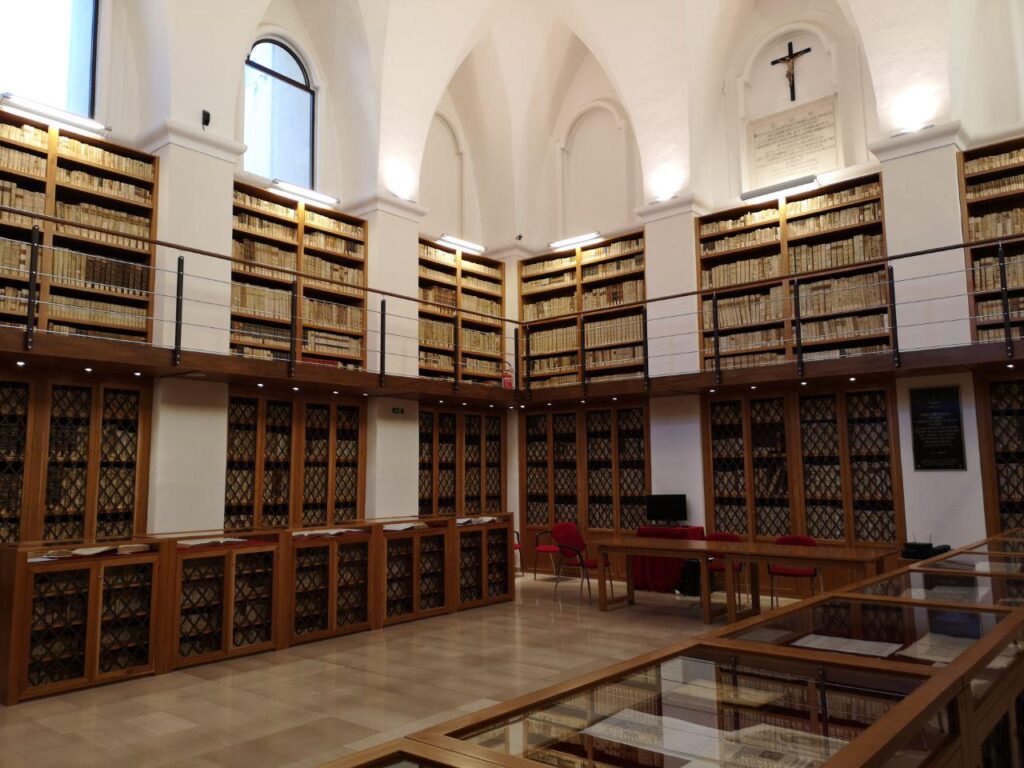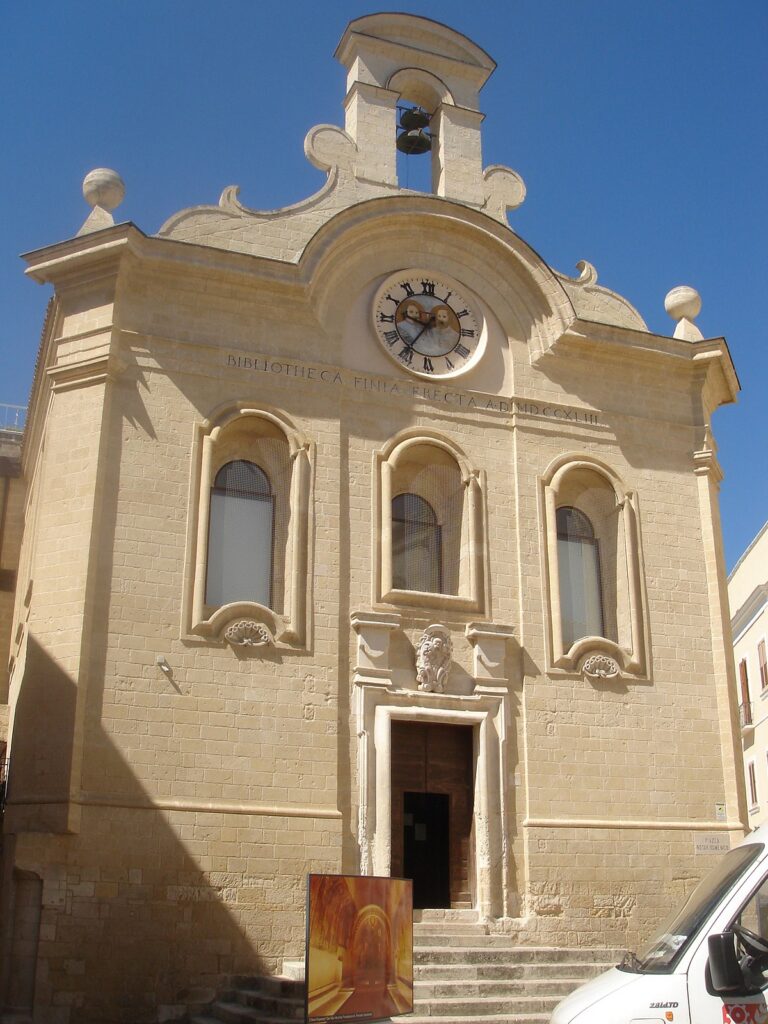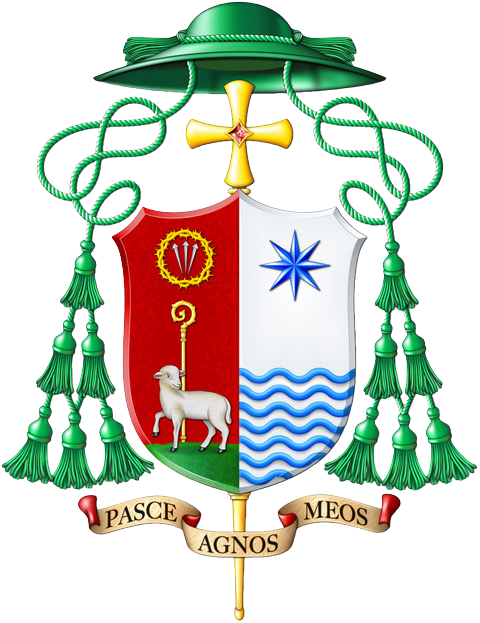The Finia
Capitular Library
The Finia Capitular Library was founded in 1686 by Cardinal Vincenzo Maria Orsini, then archbishop of Benevento, who ascended to the papal throne in 1724 with the name of Benedict XIII.
In this founding act he acted as executor of the last will of the bishop of Gravina Domenico Cennini of Salamandra, bishop of Gravina from 1645 to 1684, who had left a first substantial nucleus of his books. However, the most conspicuous donation from the point of view of the book and financial heritage to the Capitular Library is due to Cardinal Francesco Antonio Finy (1669-1743), a close
collaborator of Pope Benedict XIII. Finy, in fact, ordered that his rich personal library and a dowry of 2,000 ducats be assigned to the Chapter of the Cathedral of Gravina.
In 1740 the construction was entrusted to the architect Donato Giannuzzi from Altamura and was completed three years later.

Currently, the library can boast a heritage of over 22,000 volumes, including 1 Illuminated Manuscript, 12 Incunabula, about 430 editions of the sixteenth century and over 8,000 editions of the seventeenth, eighteenth and early nineteenth centuries. The remaining book material consists of modern monographs and periodicals, some of which refer to the period of manual letterpress printing. The collection is enriched by a large number of sacred and, to a significant extent, profane music scores.
The main element of the Finia Capitular Library is the large consultation room, similar to the singular structure of a medieval “scriptorium”, characterized in fact by the presence of large perimeter windows to exploit natural light.

The main facade is characterized by architecturaland decorative elements that refer to the elevation of a church building. Among the decorative elements present on both façades we can include the corner columns, the shell-shaped sculptural motifs and the volute pediment, characterizing the architecture from the 16th to the 18th century.
In the central part, on the pediment of the building there is the seventeenth century clock in whose dial the portraits of Vittorio Emanuele II and Giuseppe Garibaldi were subsequently inserted.


